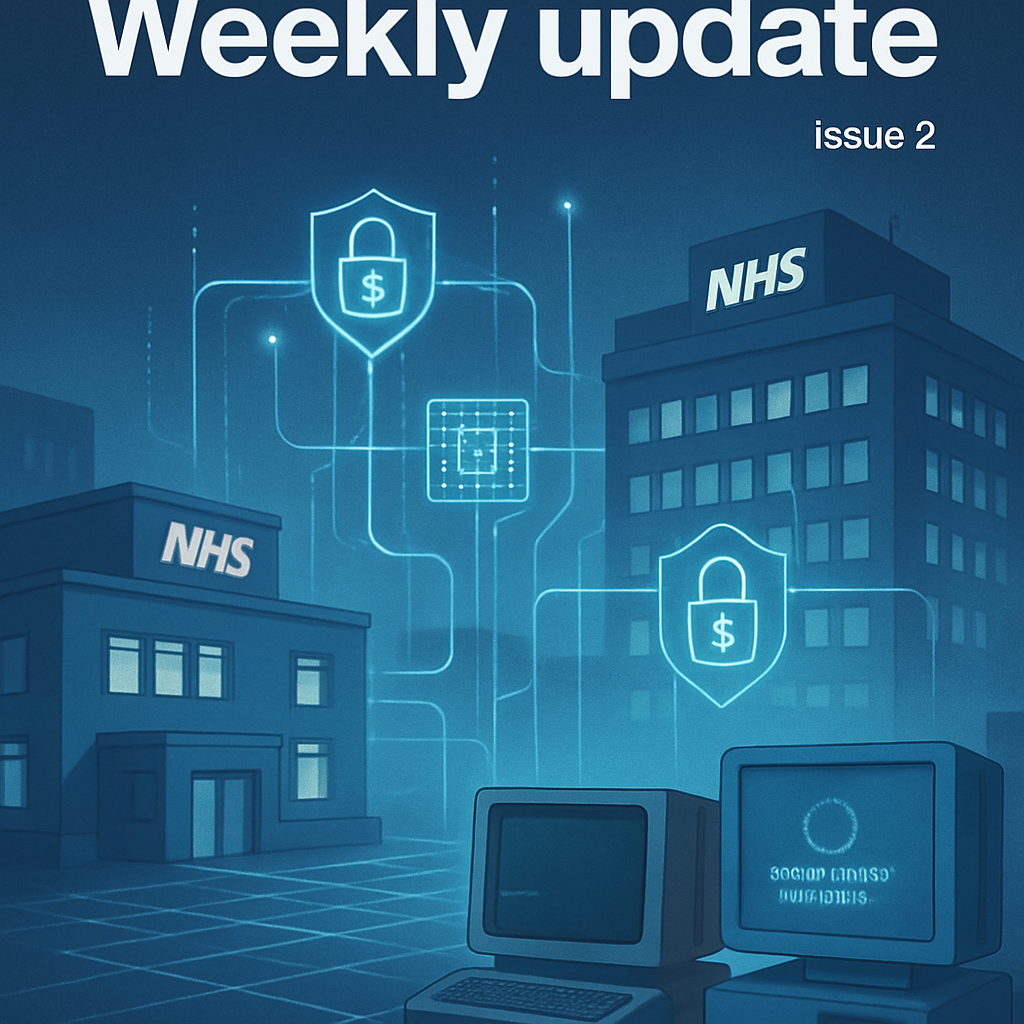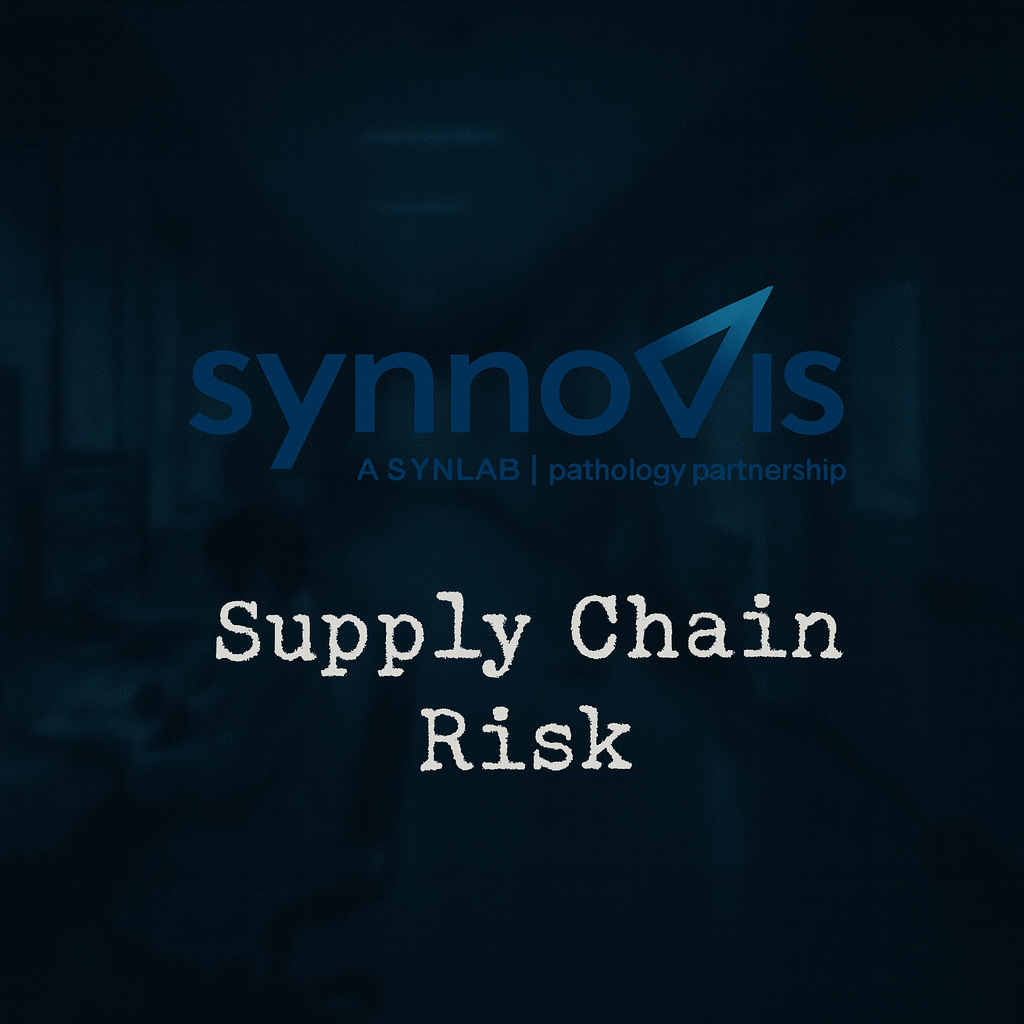NCSC–CISA OT Security Guidance
What It Means for UK Health and Critical Infrastructure
Operational Technology, or OT, is no longer only associated with utilities or heavy industry. Hospitals, suppliers, and digital health companies all rely on OT systems. These include building management, ventilation systems, diagnostic imaging, and connected medical devices. A cyber attack on these environments could disrupt patient care, damage reputation, and jeopardise contracts.
To address these risks, the UK’s National Cyber Security Centre (NCSC) and the US Cybersecurity and Infrastructure Security Agency (CISA), together with international partners, have released joint guidance called Creating and Maintaining a Definitive View of Your Operational Technology (OT) Architecture.
For companies that work with the NHS or other critical services, this publication is not just technical advice. It sets out how buyers, regulators, and partners will expect suppliers to manage OT security in future.
Why OT Security Guidance Matters
OT is different from IT because it governs the physical delivery of services. In healthcare, that means ventilation in hospitals, diagnostic imaging, and even robotic surgery platforms. If these systems are compromised, essential services may be halted, patients could be put at risk, and trust in providers and suppliers could quickly erode.
For suppliers, this shift means procurement standards are becoming more demanding. NHS organisations will increasingly expect evidence that partners are aligned with CAF-aligned DSPT requirements as well as OT security guidance. Third-party accountability is tightening, too. Vendors and integrators with privileged access will face closer scrutiny and stricter contractual requirements. At the same time, companies that demonstrate resilience in these areas will gain an advantage in tenders, framework agreements, and long-term partnerships.
Three Themes Companies Must Address
The first theme is asset visibility. Buyers want to see a complete and authoritative record of OT assets. Companies must be able to evidence which devices and systems they operate, document how these connect to NHS or client networks, and show clear responsibility for their security.
The second theme is supply chain and vendor risk. A supplier’s own partners and subcontractors are part of the NHS risk profile. Companies should review and restrict access, monitor vendor activity, and make sure security standards are embedded in procurement and service agreements.
The third theme is architectural resilience. Products and services must be designed with defence in depth in mind. That means separating OT from IT networks wherever possible, applying strict access controls through Zero Trust principles, and ensuring that monitoring and incident response are tailored to OT systems.
Implications for Digital Health and Infrastructure Companies
For suppliers working with healthcare providers, this guidance has direct commercial implications. Companies that align with it can expect faster procurement because they will be seen as ready for CAF and OT assurance. They will present a stronger position during audits and assurance reviews. They will also reduce the risk of contractual disputes or reputational harm linked to security failures. Importantly, they will be regarded as trustworthy partners, which is a valuable differentiator in a competitive market.
Practical Steps for Suppliers
The first step is to audit OT estates and create a definitive record of assets, connections, and dependencies. The second is to review contracts and service level agreements to make sure vendors and integrators meet the same standards you are held to. The third is to design systems for resilience, adopting segmentation and least privilege access as standard. The fourth is to test incident response plans by including OT environments in cyber exercises with clients. Finally, the definitive OT record itself must be protected as a sensitive document because it contains information an attacker would value.
The joint NCSC and CISA OT guidance raises expectations for any company delivering technology to the NHS or to wider critical infrastructure. This is not only a matter of compliance. It is about access to markets, competitiveness, and trust. Companies that can evidence robust OT security will find it easier to win contracts, to satisfy due diligence, and to build stronger relationships with healthcare providers and infrastructure partners.
In practice, aligning with this guidance is becoming a commercial necessity for digital health and infrastructure companies.
%20(1)%20(1).png?width=309&height=69&name=image-001%20(2)%20(1)%20(1).png)


